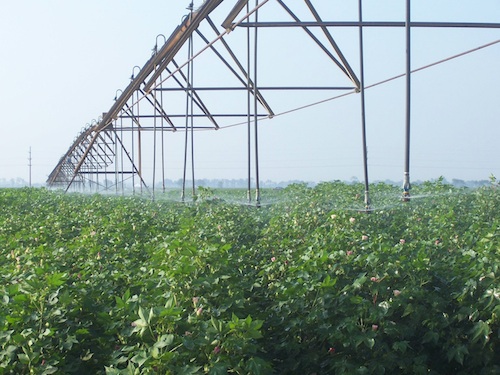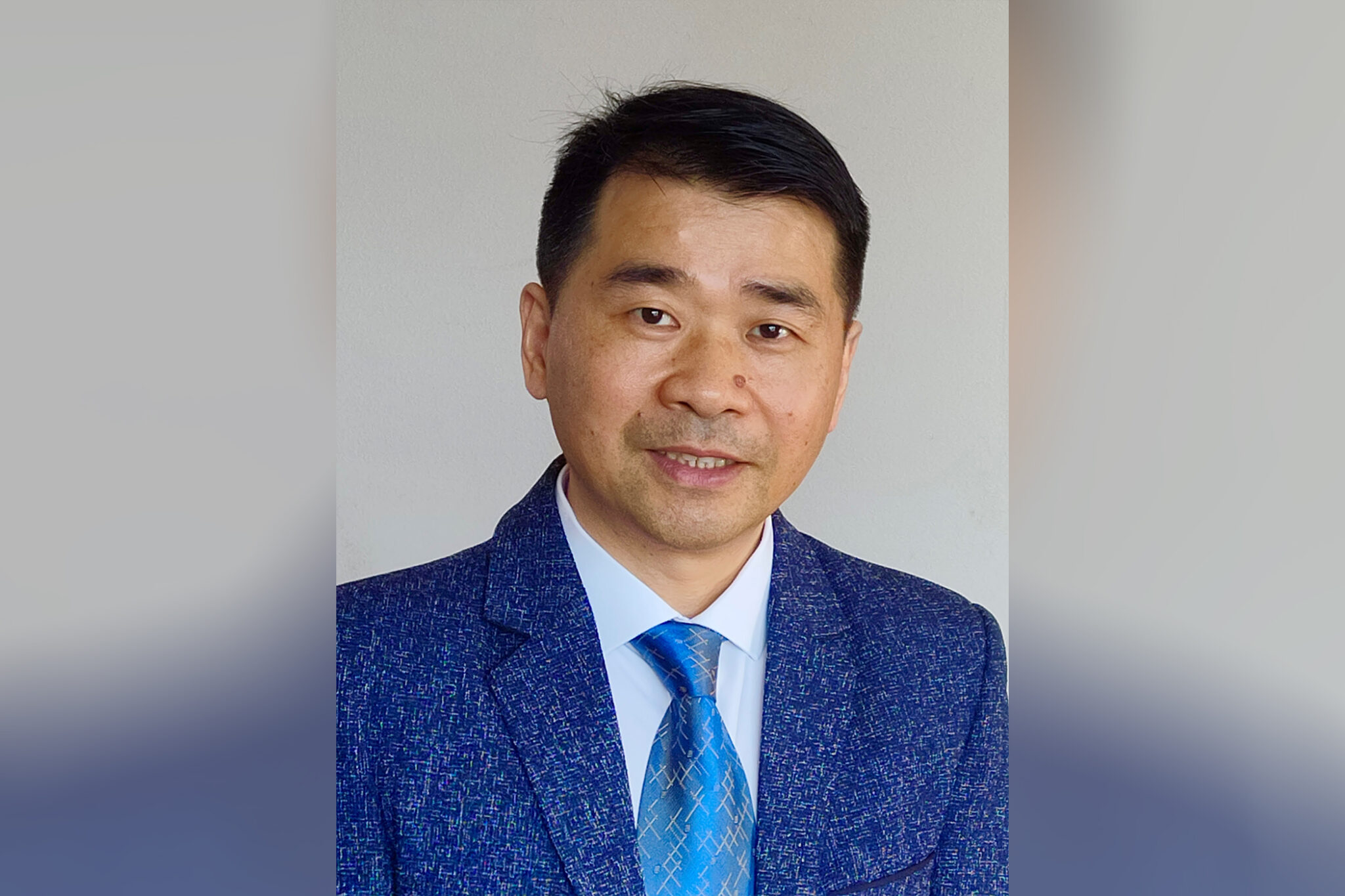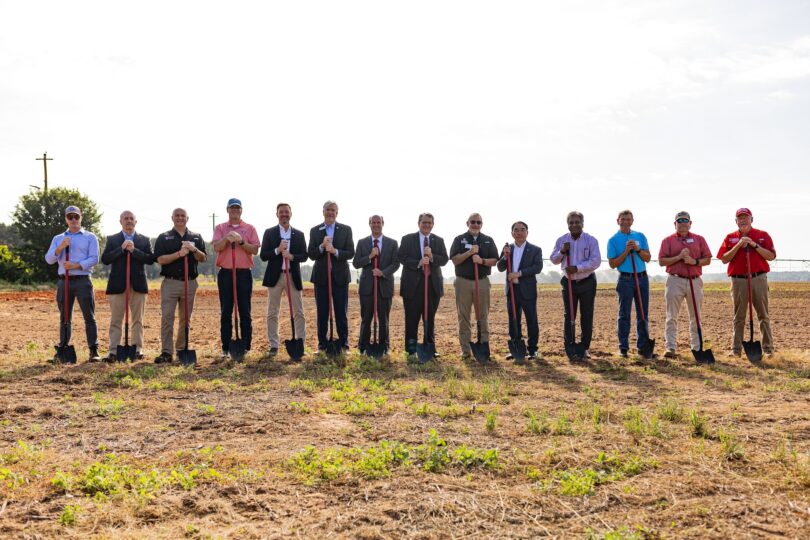To better conserve water, as well as abide by federal regulations regarding the use of irrigation, a University of Georgia Cooperative Extension expert encourages Georgia farmers to develop an irrigation scheduling strategy.
UGA Extension irrigation specialist Wes Porter says there is a moratorium on new wells being added in the Flint River Soil and Water Conservation District in southwest Georgia. If a farmer decides to irrigate more land, he has to use the well he’s already using or drill to a deeper aquifer.
That means farmers have to divide water between fields or make a significant investment to irrigate more land, Porter said.
New legislation is also being considered that would require farmers to use water conservation strategies and techniques.
“These regulations are being implemented to help farmers conserve one of our natural resources. Hopefully, producers can see this as an opportunity to enhance their farming operations through the use of precision agriculture strategies,” Porter said.
Whether it’s through soil moisture sensors, online scheduling tools or smartphone applications, farmers have multiple options available to help them practice precision agriculture and to schedule irrigation. All are significant cost-cutting techniques.
At UGA, Porter works to develop water-saving tools that are inexpensive and easy to use.
“We also want to show farmers that the investment in most of these scheduling tools pays for itself. If you’re a large farmer and you’ve got irrigation going, and you get someone to manage that irrigation on a really robust irrigation strategy, that person has the potential to pay for his salary a few times over in any one year by two ways: yield increases and by energy savings from pumping costs,” he said.
Sensors strategically placed in a field provide a farmer with an adequate reading of soil moisture. Instead of farmers relying on the checkbook method – applying a certain amount of water to a field every week – sensors provide producers with an up-to-date reading of the water presently in the soil.
While sensors can cost as much as $2,000 each, they have proven to be Porter’s most effective irrigation research tool. Unfortunately, farmers likely need more than one sensor to get accurate data for an entire field, he said.
“It’s no different than what our various irrigation software is doing. With one sensor, you’re probably going to under-water part of the field and overwater part of the field, depending on where you place that sensor,” Porter said.
Porter recommends placing the sensors in an average yielding spot in the field, not at the highest elevation, but also not in the bottom where water stands.
Another effective tool is IrrigatorPro, a Web-based tool that provides row crop farmers with information to determine when to apply irrigation to achieve a high-yielding crop that has limited irrigation costs.
“With Irrigator Pro, this past year in one peanut study, we only applied 2.5 inches of water the entire year, but it was the highest yielding treatment. The checkbook method (meant we) applied 12 inches of water, but was toward the (lowest) yielding treatment, mainly because we had so much rainfall this year,” Porter said.
Reduced yields are a negative effect of overwatering that can be avoided. IrrigatorPro calculates how much soil moisture is available compared to the water needs of the crop based on its growth stage.
Another online scheduling tool similar to IrrigatorPro is the University of Florida’s Peanut Field Agronomic Resource Manager, or PeanutFARM, which is specifically designed for peanuts. Other irrigation apps for smartphones are available through UGA and the University of Florida at smartirrigationapps.org.
Porter estimates 10 to 20 percent of Georgia farmers use some form of irrigation scheduling. Though he hopes that number will increase in the future, he understands producers’ hesitancy in adding a water management strategy to their farming operation.
“There is a time commitment farmers would have to make with these scheduling systems. They have to make rapid decisions. There’s also the cost that is involved, especially with sensors,” Porter said. “I hope that, through my research, I can continue to educate and make farmers aware of the value of the precision agriculture techniques.”








